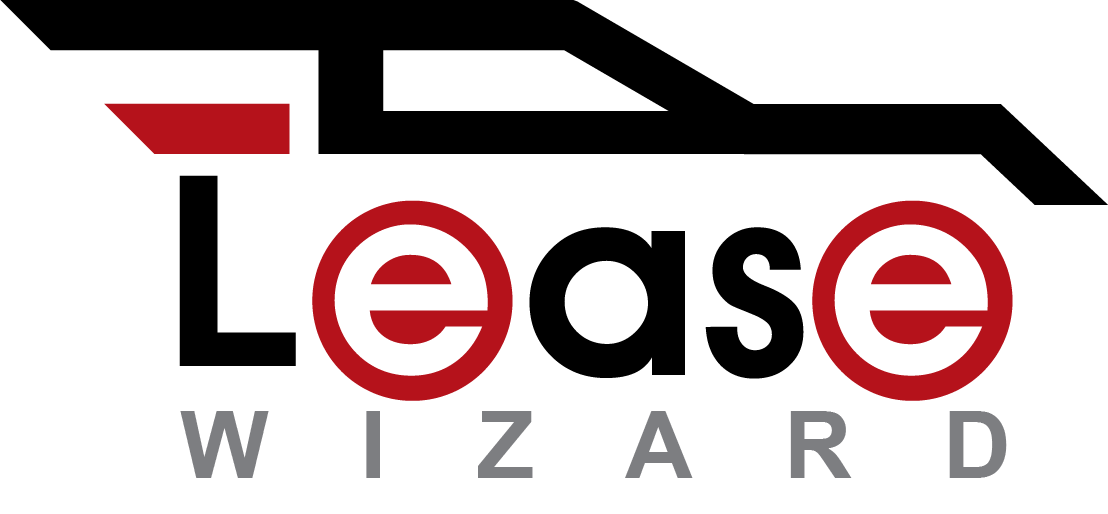**This post contains affiliate links and the publisher may be compensated if you make a purchase after clicking on these links.**
Through this month we looked at how four areas of innovation are dramatically changing automobiles: how they move, how they’re accessed, and how our experience in them is changing. Specifically we looked at Vehicle Connectivity, Mobility Solutions, Fleet Electrification, and Autonomous vehicles. All of these innovations are at least partially rolled out, but at the same time it is clear that there is an expectation of dramatic change in the next 5-10 years, where many of the items that are a novelty today will become at least a substantial minority, and in some cases potentially the dominant technology in place.
I had the opportunity earlier this week to attend an excellent conference called AutoMobility LA – it occurs during the 4 days preceding the annual Los Angeles Auto Show. The conference organizers did a great job of assembling excellent speakers and also providing space for technology-focused companies to show their new automotive-related solutions. By far the four areas of innovation most represented (and often a solution made use of several of them) were: connectivity solutions, mobility solutions, electrification, and vehicle autonomy.
As mentioned initially, these four innovations are independent of each other: there can be autonomous vehicles that have an internal combustion engine that runs on gasoline or diesel fuel, and electric vehicles that don’t even have an AM/FM radio or cruise control. It’s not likely any one will develop such a thing because it would be unlikely to succeed in the market. Thus, more frequently newer vehicles will make use of several of these innovations because when manufacturers are designing new vehicles they are designing based on the latest available technology in a number of areas, and the manufacturers are continually searching the globe for the best technologies they can integrate into their vehicles. Therefore, it’s most likely that manufacturers planning for their 2025 model will plan for it to be an all-electric vehicle with combination of sensors and transmitters that enable the highest level of connectivity and autonomy available at that time, and make any cabin design and seating decisions given a decent likelihood that vehicle may be shared by many drivers in a mobility solution arrangement.
The Importance of Each Innovation on Leasing
The article going in-depth on each article had a “What it means for leasing” section, but it’s also worth considering these relative to each other, and what it means for leasing, and car access as a whole. By far the two innovations that are most impactful to leasing are mobility solutions and electric vehicles. However, we’ll discuss connectivity and autonomy as well.
Mobility solutions is most impactful upon today’s leasing options because this creates a new method of access, much as leasing was a new method of access to vehicles for those who either couldn’t or didn’t want to buy the car outright or obtain a loan to finance it. Subscribing to a mobility service has some of the features of a lease – you aren’t responsible for disposition of the vehicle when you’re done with it, and your commitment is only as long as your subscription. With a pay as you go service (basically like hailing a taxi or ride service, but you drive yourself) this commitment is often measured in minutes. Since leasing is often done by those that drive less than average, those at the lowest level of this miles driven spectrum may opt out of leasing to simply use a mobility service.
Electric vehicles are next most impactful because as mentioned in the article on electrification, the batteries (fuel cells) have a lifespan that is dramatically less than an internal combustion engine. As long as the lease term is less than the life of the battery system it may not have a large impact, but in general the residual value plotted on a graph has a breakpoint where it drops instantly and precipitously to represent the need for a five-figure investment in a new battery pack. As this technology changes (either lifespan or cost of battery system/expanse of system to be replaced) this could change, but could be relatively high impact right now.
Vehicle autonomy is not as impactful because it is not a given that the ownership and access model for the vehicle will change just because a computer system is driving instead of a human. That said, getting to full autonomy will require some changes to laws and regulations, including common law which comes from precedent of which there is not much right now. Therefore, as discussed in the article on self-driving vehicles it may make more sense for the lessor and manufacturer to be affiliated because of the laws put in place, but if not, the only other consideration would be if autonomy was offered as a premium feature, and thus something you can choose to subscribe to or not. If that was the case, presumably the subscription would be for a term and this may be easier to work into a lease arrangement. However, even if autonomy was a subscription-based feature set, it could still be delivered outside of a lease.
Finally, vehicle connectivity won’t change leasing, it will make the driving experience more enjoyable and/or productive, assuming it’s working as designed. There may be certain features enabled by connectivity that are premium and are thus included in the lease, or are easier to subscribe to with the lease because you automatically stop paying for it when your lease expires. But like the potential for subscription-based autonomy, leasing may make it a bit easier to manage the subscription, but is not the only way to deliver such services.
Previous Article: “Autonomous Vehicles“
This Series: Series Overview | Vehicle Connectivity | Mobility Services | Fleet Electrification | Autonomous Vehicles | Series Conclusion
